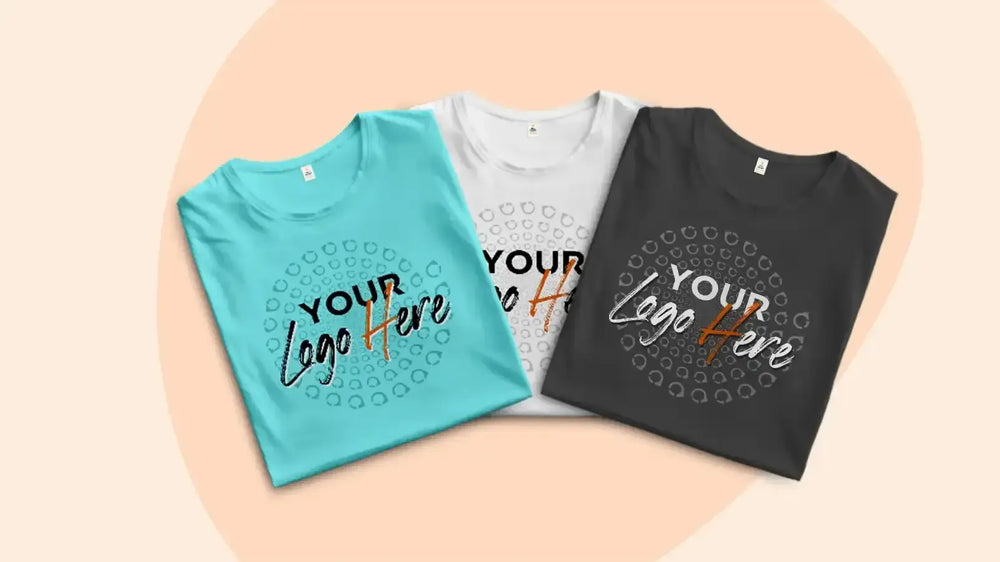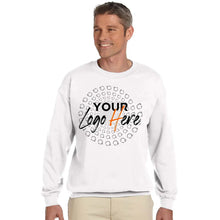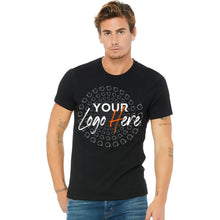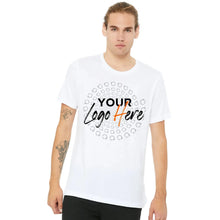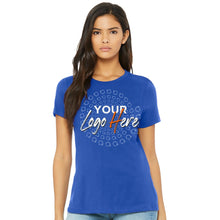How to Mix Heat Transfer Vinyl and Screen Printing for Custom Jerseys

Custom jersey printing has revolutionized the world of personalized sportswear, providing athletes and teams with visually striking and durable uniforms. Among the most popular printing methods are heat transfer vinyl (HTV) and screen printing, each offering unique benefits. While HTV is known for its crisp, vibrant designs and ease of use, screen printing provides durability and a professional finish. By mixing both techniques, creators can enhance their designs, making jerseys stand out both visually and functionally. This guide explores how to effectively combine these techniques for high-quality custom jerseys.
Understanding HTV and Screen Printing
What is Heat Transfer Vinyl (HTV)?
HTV is a specialized material designed to be cut into designs and applied to fabric using heat and pressure. This method is ideal for intricate designs, single-color logos, and smaller batches of jerseys.
Advantages of HTV:
-
Ideal for personalization, such as player names and numbers.
-
Requires minimal setup and is cost-effective for small orders.
-
Works well on a variety of fabrics, including polyester and cotton blends.
What is Screen Printing?
Screen printing involves pushing ink through a stencil-like mesh screen onto fabric, creating bold, durable designs. This method is widely used for producing bulk orders with consistent quality.
Advantages of Screen Printing:
-
Long-lasting, resistant to fading and cracking.
-
Cost-effective for large orders.
-
Suitable for bold, high-opacity designs on dark fabrics.
Why Combine HTV and Screen Printing?
Mixing HTV and screen printing allows for dynamic textures and enhanced durability. HTV can add specialty effects such as metallic, flock, and glitter finishes, while screen printing provides a solid foundation with bold, full-color prints.
Materials Needed
Before beginning, gather the following materials:
For HTV:
-
Heat transfer vinyl sheets or rolls (glitter, metallic, matte, or flock as needed)
-
Vinyl cutter (Silhouette Cameo, Cricut, or Graphtec)
-
Weeding tools
-
Heat press or home iron (for small applications)
-
Teflon sheet or parchment paper
For Screen Printing:
-
Screen printing mesh and frame
-
Screen printing ink (water-based or plastisol)
-
Squeegee
-
Exposure unit (for custom screens) or pre-made stencils
-
Heat gun or conveyor dryer (for curing)
Fabric Considerations
Jerseys are often made of polyester, mesh, or performance fabrics, requiring inks and HTV materials designed for synthetic fibers. Always test a sample to check adhesion and durability.
Step-by-Step Guide to Mixing HTV and Screen Printing
Step 1: Preparing Your Design
-
Use a graphic design software like Adobe Illustrator or CorelDRAW to create a layered design.
-
Identify which elements will be screen printed and which will use HTV (e.g., screen printing for logos, HTV for names and numbers).
-
Convert vector files to appropriate formats for cutting and screen burning.
Step 2: Screen Printing Process
-
Prepare the screen by coating it with emulsion and exposing it with your design.
-
Align the screen onto the jersey and secure it firmly.
-
Apply the ink using a squeegee in smooth, even strokes.
-
Cure the ink using a heat gun or dryer to ensure durability.
Step 3: Applying HTV
-
Cut the HTV design using a vinyl cutter.
-
Weed out excess vinyl, leaving only the required design.
-
Place the HTV on the jersey over the cured screen print.
-
Cover with a Teflon sheet and press at the recommended temperature.
-
Remove the carrier sheet and allow the material to cool.
Tips for Alignment and Layering:
-
Always screen print first, then apply HTV to prevent heat damage to the print.
-
Use registration marks for perfect alignment.
-
Avoid overlapping thick ink layers with HTV to prevent peeling.
Advanced Techniques and Creative Tips
Layering and Texture Effects
-
Flock HTV over screen print for a raised, suede-like effect.
-
Metallic HTV for team numbers to add a reflective touch.
-
Matte and gloss combinations to create contrast.
Examples of Mixed Media Jerseys
-
A basketball jersey with a screen-printed team logo and foil HTV numbers.
-
A soccer jersey featuring a gradient screen print with textured HTV player names.
Troubleshooting Common Issues
Peeling or Lifting HTV
-
Ensure the ink is fully cured before applying HTV.
-
Increase heat press pressure for better adhesion.
Screen Printing Ink Not Adhering to HTV
-
Avoid using silicone-coated HTV, as it repels ink.
-
Use a textile primer before printing on HTV.
Cracking or Fading Prints
-
Use stretchable inks for jerseys made of performance fabrics.
-
Follow proper washing instructions (inside out, cold wash, no fabric softeners).
Best Practices for Business Owners
Cost-Effective Strategies
-
Order bulk HTV and inks to reduce material costs.
-
Offer customization packages for teams, combining bulk screen printing with HTV personalization.
Marketing Mixed Media Jerseys
-
Highlight unique textures and premium quality finishes in promotional materials.
-
Use social media to showcase before-and-after transformations of jerseys.
Combining HTV and screen printing unlocks endless possibilities for custom sportswear. Whether designing jerseys for local teams or professional leagues, this technique ensures high durability, vibrant designs, and a premium finish. Experiment with different materials and textures to create standout apparel. If you're looking for expert custom jersey printing solutions, explore Custom One Online for high-quality screen printing and HTV customization services.
FAQs
1. What is the best fabric for mixed media custom jerseys?
Polyester and polyester-blend fabrics are ideal, as they work well with both HTV and screen printing techniques.
2. How long do mixed media prints last?
With proper application and washing care, mixed media prints can last years without fading or peeling.
3. Can mixed media prints withstand heavy washing?
Yes, but it is recommended to wash jerseys inside out, in cold water, and avoid harsh detergents.
4. Tips for first-timers using HTV with screen printing?
Start with simple designs, experiment on test fabrics, and always follow manufacturer-recommended heat and pressure settings.
5. How to scale mixed media printing for large orders?
Utilize automated screen printing presses and HTV cutting machines to speed up production. Businesses looking to scale their printing services can check out Custom One Online’s professional customization solutions for bulk orders.
